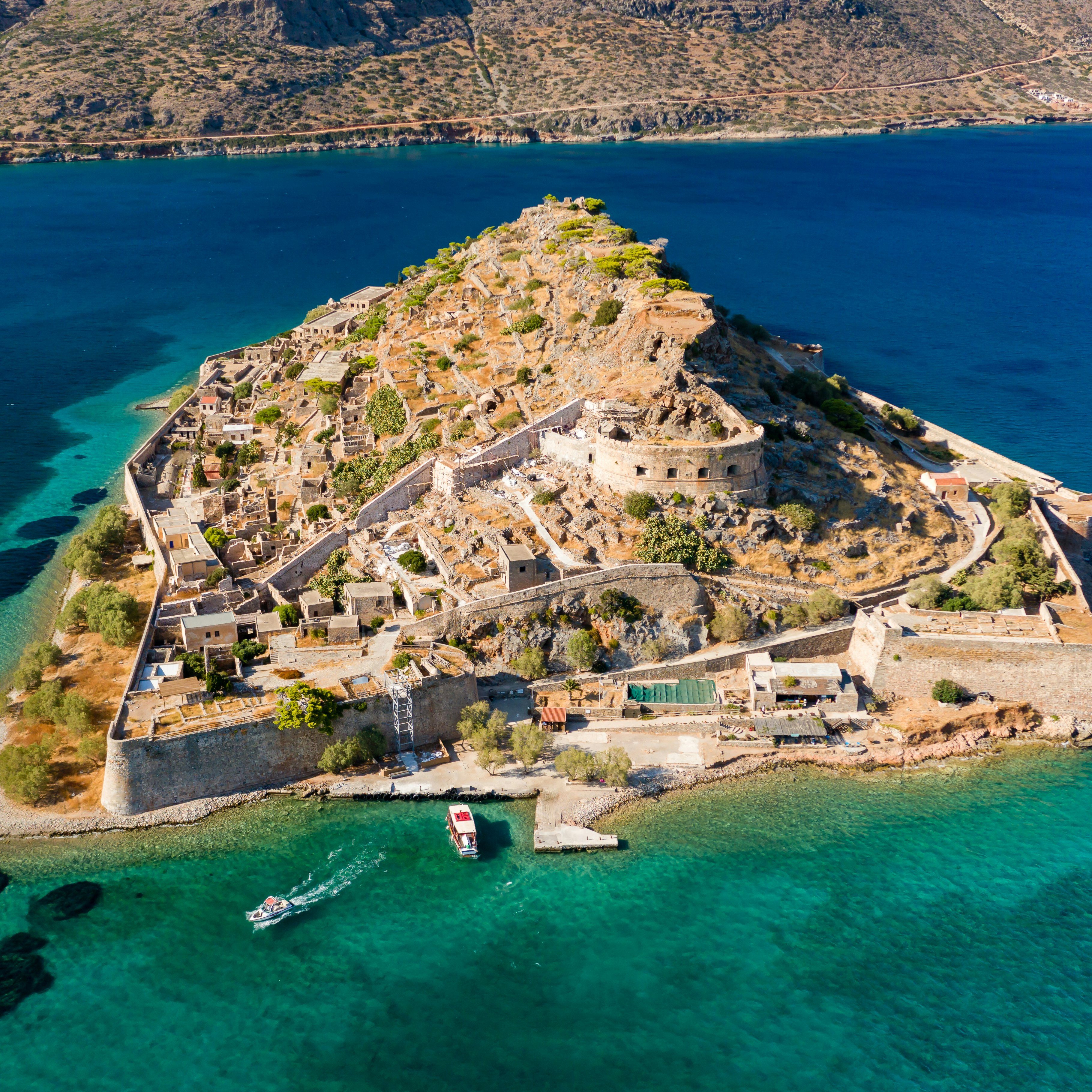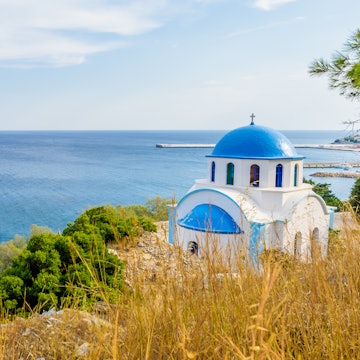

Thomas Pickard / Stocksy United
Overview
Greece is ancient sun-bleached ruins piercing blue skies, the balmy Aegean lapping an endless coastline and a culture alive with passionate music, wonderful cuisine and thrill-seeking activities.
Leave the planning to a local expert
Experience the real Greece. Let a local expert handle the planning for you.
Must-see attractions
Planning Tools
Expert guidance to help you plan your trip
Best Things to Do
Traveling to Greece delivers in myriad ways: ancient history, stunning vistas from coastal cliff towns and the freshest food.
Read full article
Best Time to Visit
Whether you’re dreaming of Mediterranean beaches, ancient allure, or buzzing city life, these are the best times to visit Greece.
Read full article
Things to Know
Before you set off for dreamy Greece, read our tips to help you with planning your trip, and navigating the country once you arrive.
Read full article
Transportation
Moving about the Greek mainland and islands requires a smart balance of flights, ferries, driving, buses, trains and more.
Read full article
Visa Requirements
Ensure that your entry into Greece goes without a hitch and find out whether a valid passport is sufficient and if digital nomads need a visa.
Read full article
Money and Costs
How to save money on a trip to Greece with cheap flights, ferries, trains and buses. Plus, how to get the best deal on hotels, food and drinks.
Read full article
Best Road Trips
Greece is meant for exploring, and not just by ferry. When you travel by motor vehicle, there's a wealth of history, culture and, yes, beaches to savor.
Read full article
Get a book. Get inspired. Get exploring.
in partnership with getyourguide
























